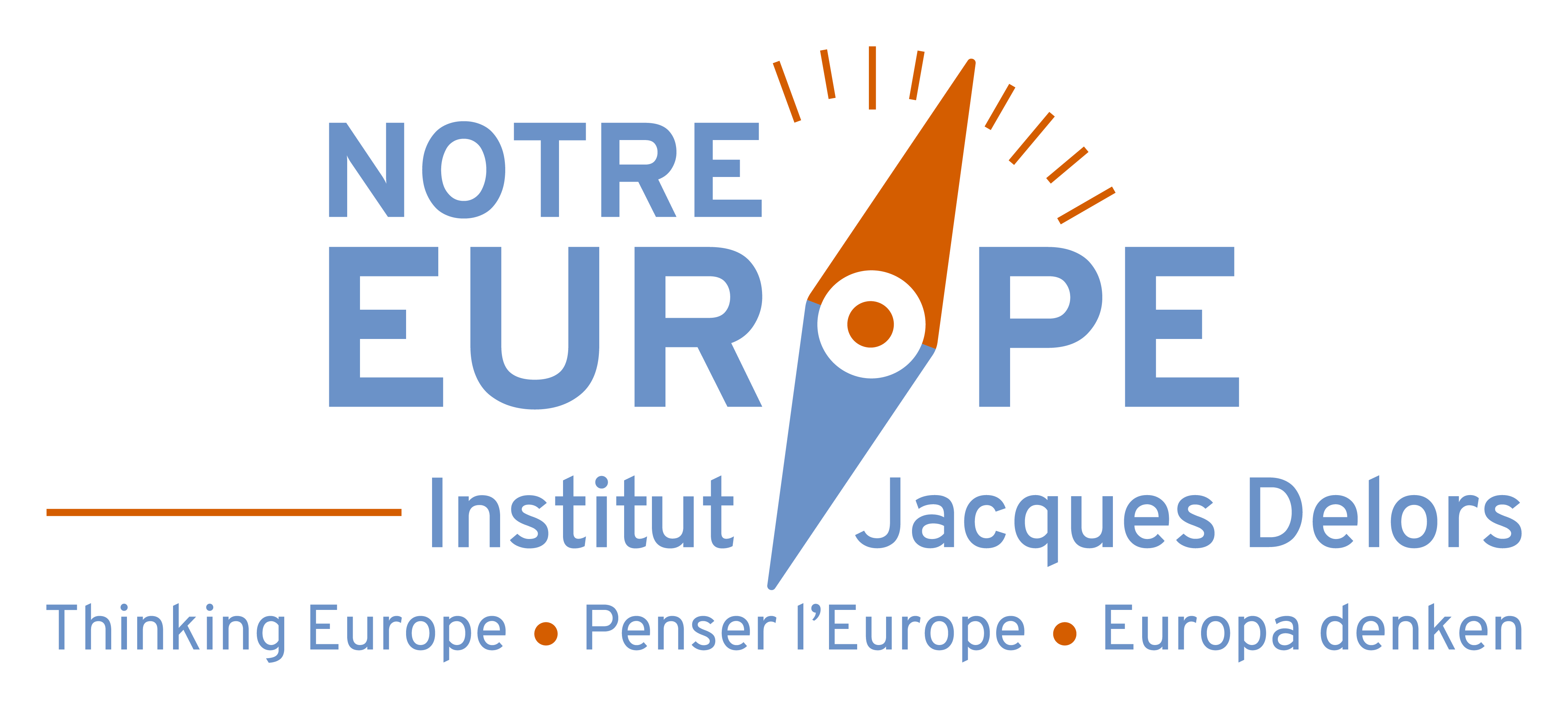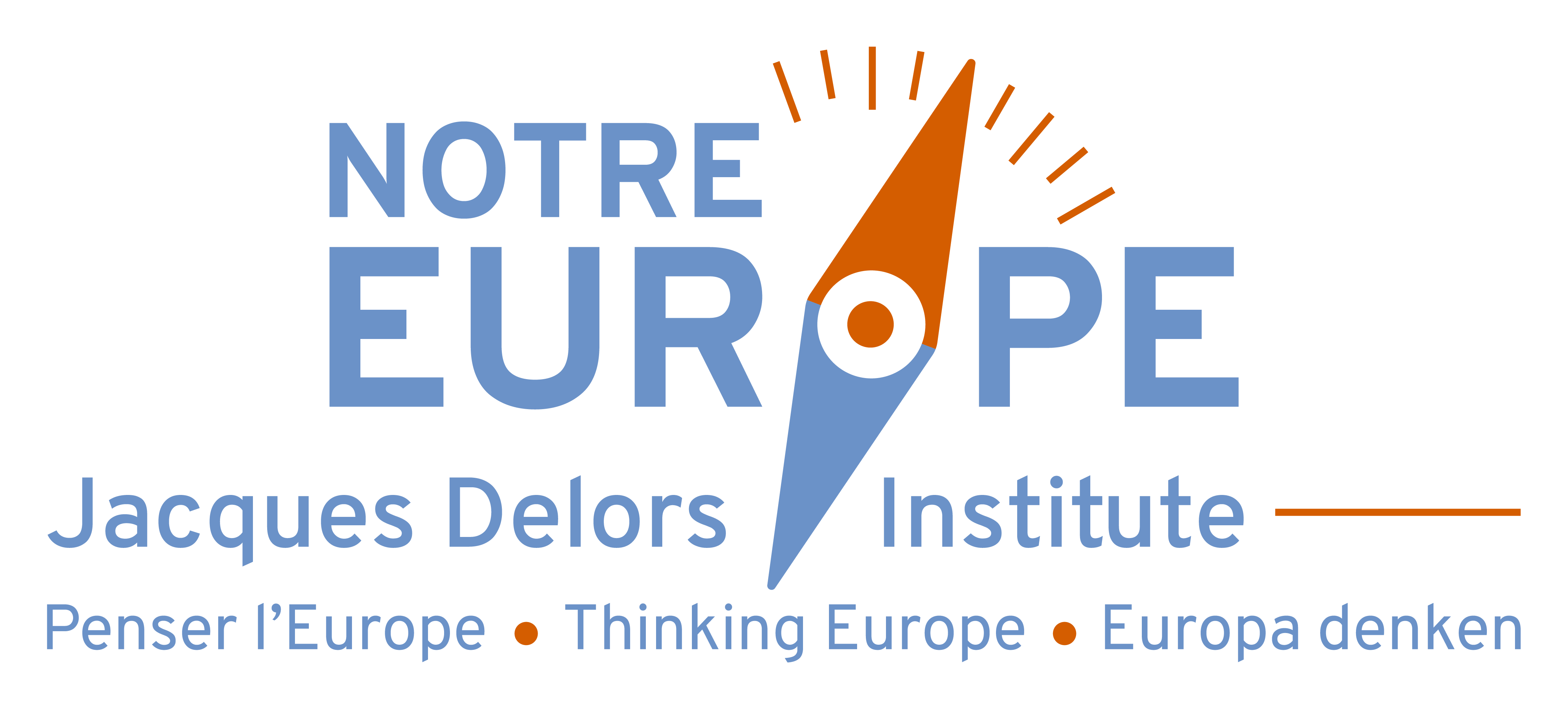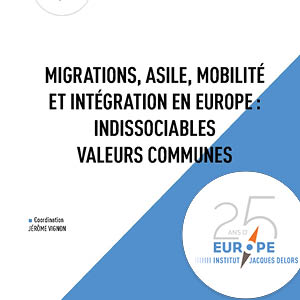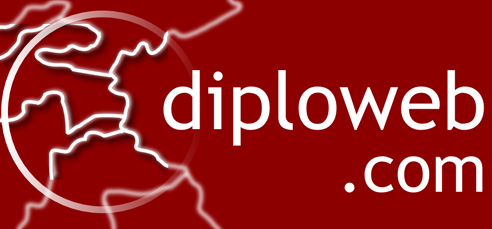Policy Paper
Intégration et flexibilité : de la menace à l’opportunité
Ce document plaide pour une réévaluation approfondie de la flexibilité comme instrument d’intégration.
| 02/10/2006
This paper argues for a thorough reappraisal of flexibility as an instrument of integration and outlines the conditions under which it would help the enlarged EU to move forward. Too often in the past, flexibility has been used as an (efficient) threat to induce reluctant or laggard member states to keep pace with the integration process. Therefore, it should not come as a surprise that flexibility has such a poor image in many member states. So far flexibility mechanisms have been initiated only outside the treaty framework – like the initial stages of the Schengen agreement – or they have been limited to a series of opt-in or opt-out clauses, such as those associated with EMU. In a European Union enlarged to 27 or more members, however, the potential need for member states to move at different speeds requires fresh consideration. In the past, the main fear was that flexibility could break the EU in two. Present concerns are more focused on an overly rigid European Union that may stall and eventually even collapse. At a time when many consider further enlargement to be incompatible with further integration, the treaty-based mechanism of enhanced cooperation could help reconcile both views. A larger membership base should not be seen as preventing the European Union from deeper integration, but as providing incentives for certain member states to move integration forward. Instead of categorising European countries in three more-or-less closed groups (first-class core EU members, second-class EU members and third-class non-members), enhanced cooperation could offer opportunities to redesign the integration process. Member states could move from the fringes to the core of the European project depending on merit and political commitment, and not according to size or other unalterable factors. For this scenario to materialise, however, a new approach to managing flexibility is needed. This paper puts forth the following conditions for the successful application of the flexibility mechanism:
-
Flexibility should be seen as a complement and not as an alternative to settling the current constitutional crisis.
-
Flexibility should be used as a constructive tool and not as a threat.
-
It should be initiated within the legal EU treaty framework, i.e. through enhanced cooperation; initiatives outside the EU treaty framework should only be encouraged with a view to later integration into the EU’s legal framework.
-
Establishing exclusive core groups must be avoided, whereas the political significance of the Eurogroup for flexible integration should be acknowledged.
-
Rules applying enhanced cooperation should be interpreted in a pragmatic way in light of the effet-utile rule.
-
Projects under enhanced cooperation should be based on a mandate that gives an overarching idea and a sense of direction. The mandate’s scope should go beyond a concrete legal initiative to avoid the possibility that flexibility becomes a substitute for majority voting.
SUR LE MÊME THÈME
ON THE SAME THEME
PUBLICATIONS
Migrations, Asile, Mobilité et Intégration en Europe : indissociables valeurs

Saut fédéral ou unions politiques ?

La capacité d’intégration de l’UE : prérequis politique ou alibi technique ?

MÉDIAS
MEDIAS
En Europe, le marché unique fête ses 30 ans, entre satisfaction et désillusion

Les grandes voix européennes: Jacques Delors, l’architecte de l’intégration européenne

Vidéo. N. Gnesotto. L’Europe : changer ou périr ?

ÉVÉNEMENTS
EVENTS
Webinaire | La crise de la zone euro, la pandémie de Covid, la guerre en Ukraine… comment gouverner l’Europe en temps de crise ?[EN]

Euroquestions | L’invasion de l’Ukraine va-t-elle renforcer ou affaiblir le processus d’intégration de l’UE ? [EN]

La France, un Etat intégré

Differentiated Integration and the Future of Europe: Promises, Pitfalls, Pathways

Strasbourg, 17 septembre 2019 – La démocratie et la construction de la paix

San Sebastian, 12 septembre 2019 – La procédure de retrait du Royaume-Uni de l’UE

Paris, 6 juin – Quelles relations entre la France et les pays de Visegrád ?

Saint-Prix, 24 mai 2019 – À la découverte de l’Union européenne

Dijon, 17 mai 2019 – Le projet européen à l’épreuve du populisme

Paris, 13 mai 2019 – L’Europe de la culture

Paris, 20 juin 2018 – L’avenir de l’Europe

Luxembourg, 20 juin 2018 – Réforme de l’Union économique et monétaire : quelle dimension sociale ?

Paris, 13 juin 2018 – Où va l’intégration européenne : remédier aux enjeux internes et externes de l’UE

Montréal, 11 juin 2018 – L’Europe à la croisée des chemins

Genève, 1er juin 2018 – L’avenir de l’Union européenne, défis et initiatives















